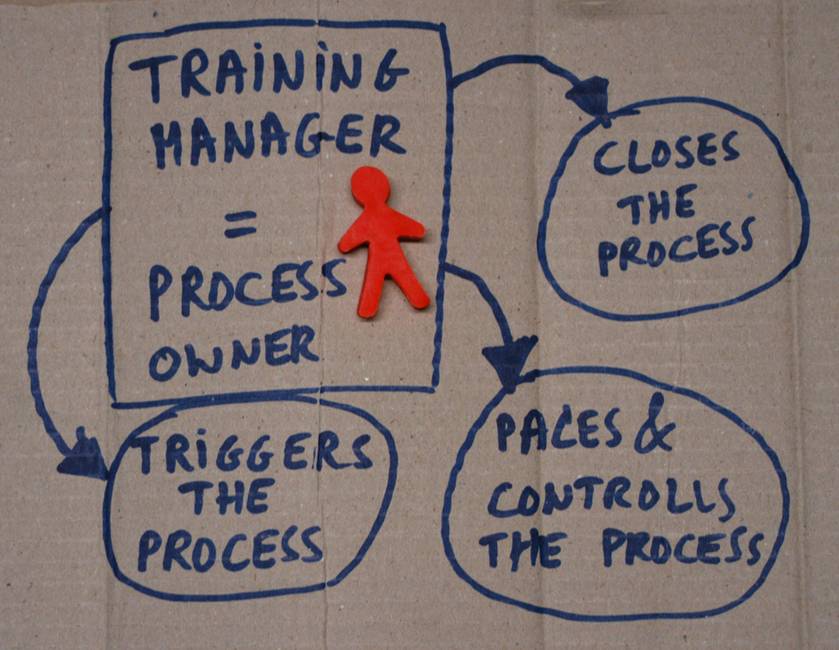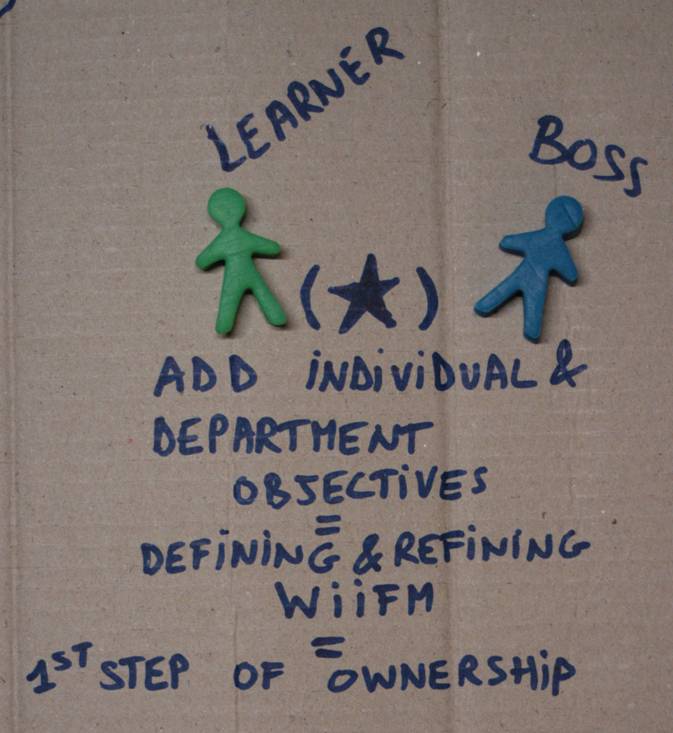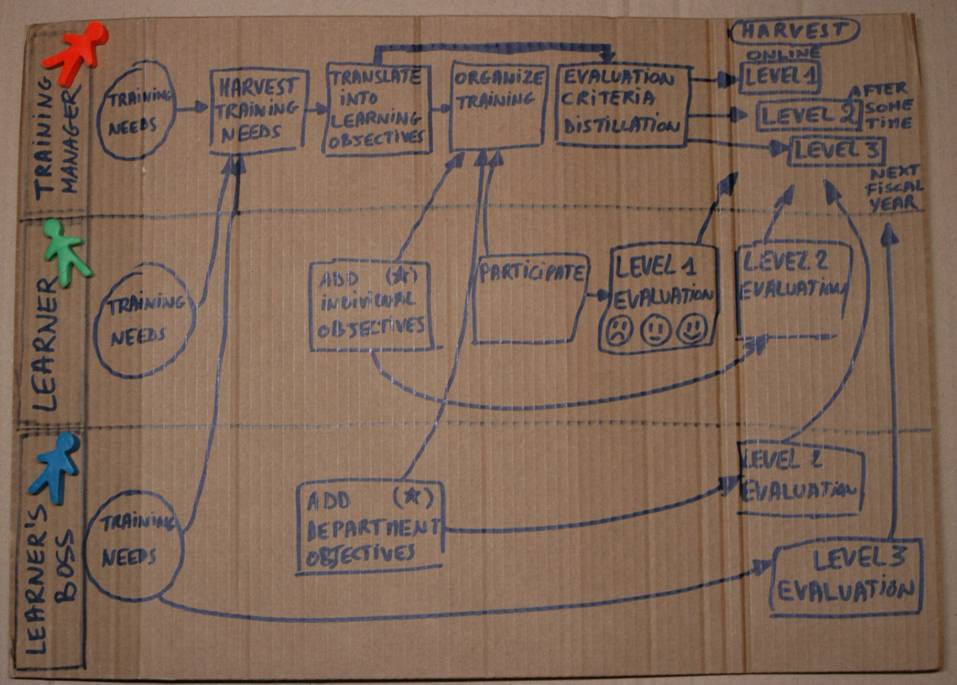Training evaluation is commonly referred to as a nice-to-have. However, when we have a look at the amount of money, manpower and time that is invested over a fiscal year tino training, we may want to have a clue about the return on investment.
Earlier on we introduced four levels of training evaluation – widely applauded for their clarity and straightforwardness. Unfortunately there is another – bigger – obstacle before we can get this ball rolling: process thinking!
Flashback
In an earlier article I have introduced the 4 levels of training evaluation as described by Donald Kirkpatrick. In short, each of these evaluation levels tells you something different.
They are:
- Reaction of student – what they thought and felt about the training
- Learning – the resulting increase in knowledge or capability
- Behavior – extent of behavior and capability improvement and application
- Results – the effects on the business or environment resulting from the trainee’s performance
Process Thinking
Unfortunately, a lot of training managers fail to manage multiple levels and I think I know the reason. These training managers have not yet understood that training evaluation is a process. Just like any other business process there are basic characteristics which determine its effectiveness. The most important characteristics of a process are:
- it describes a repetitive chain of actions that lead to a certain result;
- all of these actions are owned by actors who drive the process (in this case: the training manager, the learner and his boss);
- it is spread over time;
- it is documented, paced and controlled by a process owner (in this case: the training manager);
- it is vizualised in a swimlane model, which vizualises the responsibility of each actor. This visual documentation is very important to create a shared understanding of the overall process and the extent of everybody’s contribution for all actors involved.
As an example I have drafted a generic training evaluation process on some cardboard last night. Drawing up a swimlane model like the one above is very easy to do. It helps you to get clarity on training evaluations and it is a first step in standardizing and automating your administration.
Why should I care?
Once you start drawing up these swimlanes you will be amazed how many actors are involved (you may end up involving administrators, HR business partners, shop floor supervisors, etc.) As I just mentioned: the cardboard is just a generic example to get you started! You may wonder why on earth a training manager should care about the training evaluation process. There are several reasons for this.

First, it is important to let all the actors involved know that successful training evaluation is a joint venture and not the task of one person one his/her own or one single department.
Second, introducing and communicating a process like this helps to foster ownership over the process by the customer (being: the learner and his/her boss). By forcing them to clarify their WIIFM (What’s In It For Me) in advance and by asking them afterwards if they reached these goals, they gradually become responsible for the learning process.

Finally, this process vizualises the training manager’s reason to exist. Always remember that training evaluation links the training initiative to the performance gap that was observed upfront. This process enables you to standardize the measurement of added value to the customer.


